Panel characteristics
Before embarking on a detailed examination of the use of wall panels, a popular myth should be dispelled.
MDF (medium-density fibreboard), often confused with chipboard (chipboard), while the latter has a reputation for being an environmentally friendly material that emits harmful substances (due to glue, resins in the composition). MDF boards, on the contrary, have an environmentally friendly composition: they are made on the basis of natural wood (wood chips and industrial waste are ground into dust), and stick together thanks to lingin, a substance produced from wood chips when heated.
The second factor affecting the use of MDF wall panels in the interior is size. Most often on sale you can find 2 options:
- Reiki... Narrow long elements. The dimensions are similar to plastic ones. The length is 2.4-2.8 m, the width is 20-60 cm, the average thickness is 6 mm, but there are also more dense ones - 9-14 mm. Fastened according to the thorn-groove principle, as laminate or lining.
- Slabs... Wider and shorter than the slats, it has the shape of rectangles (length up to 2400 mm, width up to 1500 mm) or squares. They can have a tongue-and-groove system of fastenings or even edges that simply fit together (or are connected with special elements).
What types are there?
As we have already said, the first difference between MDF wall panels is the form of release. Rack bars are attached to the wall vertically or horizontally, slabs can be installed in any order and even assemble an ornament or pattern from them, having previously cut them into pieces of the desired shape.
In addition to dimensions, wall panels differ in characteristics. There are:
- Pressed... Manufactured under high pressure, they have a rough, homogeneous surface on both sides. In fact, this is a blank for further work, which can be painted or pasted over on your own.
- Waterproof... Suitable for finishing rooms with high humidity - bathrooms, balconies. They differ from the former only in the raw material and density - no impregnations are added during production (as in chipboard).
In the photo, the slatted panels in the interior of the bedroom
By method of decoration distinguish between:
- Laminated... As there is chipboard and chipboard, there are also MDF panels with lamination. A pressed product is taken as a basis, on which a thin film is applied - it makes the coating more durable, protects against water. The film can be of any shade, texture, pattern - from imitation of wood, to 3D effect, panels with photo printing. Also, depending on the film, wall panels are glossy, matte.
- Veneered... The most natural way to decorate: a thin veneer is glued to a canvas made of wood, which allows you to achieve the effect of a natural material for almost a penny.
- Painted... A special dye composition is evenly distributed over the surface, allowing you to achieve a smooth texture. The color palette is practically unlimited.
The design of mdf panels is not limited solely to the effect on the surface: in addition to flat sheets, you can also find bulk ones on sale. With the texture of timber, wood, stone, waves, etc.
Pros and cons
Benefits MDF panels in the interior:
- Environmental friendliness... We have already noted that no resins, glue or other chemical additives are used in the production.
- Decorativeness... The choice of tones, images or texture effects, especially for laminated products, is incredibly wide.
- Availability... The relatively low cost allows the use of MDF even in economy interiors.
- Easy to install... Installation of panels can be done by hand.
- Versatility... Suitable for any styles, premises - from children's rooms to bathrooms.
Such a plus as moisture resistance is not inherent in all products, however, the possibility of using MDF panels in wet rooms is still available.
disadvantages wall panels:
- Low strength... In terms of impact resistance, wall decoration with panels is inferior even to gypsum plasterboard - since the material is thin enough (6-8 mm), it is not difficult to break through it.
- Reduction of area... The frame + the thickness of the decor itself takes ~ 5 cm on each side, which is absolutely unacceptable in small rooms. However, in some cases, MDF is simply glued to the walls, which significantly increases their strength and reduces the occupied space.
- Flammability... Unlike ceramic tiles, for example, even high-quality fiberboard panels burn.
Applications
The main ways to use wall panels in interior decoration:
Wall covering. Rarely when MDF sheets are used as a material for the whole room, more often they highlight accents: for example, highlight the media area in the living room or dining in the kitchen, decorate the surface behind the bed in the bedroom, or use it to adjust the geometry of the room.
Advice! Plates can be used to decorate not only the vertical, but also the horizontal part of the wall - for example, make the outline of a room at a level of 80-100 cm from the floor.
Niche processing.MDF panels are suitable to emphasize the architectural features of an apartment or house, for example, recesses. They can also be used for the improvement of bay windows.
Improvement of slopes. Overhangs, slopes and even doorways look more expensive if decorated with wood fiber material.
Work surface protection. One of the commonly used options in the kitchen is aprons from MDF. The finished products are 60 cm high - the ideal size to fit between the top and bottom tier.
Protection is also used in hallways - by attaching MDF panels to the wall in the entrance area, you will simplify your cleaning task. After all, laminated flooring does not absorb dirt, it is enough to simply wipe them with a damp cloth.
In the photo, the decoration of the opening with mdf panels
Design examples
MDF panels in the interior will not look boring if you connect imagination or resort to ready-made solutions - for example, ordering individual production.
Interesting options:
- The design of MDF panels imitating wood is a classic. But besides wood, they can have other textures: stone, brick, concrete, even leather or matting.
- The use of wall panels without a lamination layer allows you to paint them yourself in any suitable color (or order already painted in production). The selection is carried out according to the RAL palette.
In the photo there is a room completely finished with mdf panels
- Thanks to the possibility of photo printing, they are replaced by works of art: you can print any plot, inscription, picture and simply assemble it like a mosaic.
- Cut out individual parts of bizarre shapes from sheet material and assemble them into decorative panel - another version of "decor without decor".
- Textured backlit walls look spectacular - LED strips emphasize the volume of the surface, at the same time acting as decorative lighting of the room.
In the photo there is a decorative illumination of the wall
How do they look in the interior?
You can fix the panels in all rooms of the house - including on the loggias and in the bathrooms. Consider application options depending on the functionality of the room.
Bedroom
Wall, open to creativity, is located behind the bed. MDF performs both a decorative and a protective function - for example, by placing a bed without a headboard, you can not worry about damage to the wall from constant touching.
Arrange vertically, horizontally, diagonally, or put together an abstract composition.
Advice! Placing vertically will allow achieve the visual effect of a high ceiling, horizontally - expand the room.
Living room
There are already two applications here, but most often with panels highlight the wall behind the sofa (all or part). Just like behind the bed, the panels protect the wall from mechanical damage and have a decorative function.
The second, favorite by designers option is the allocation of a zone with a TV. In the box used for the installation of MDF sheets, wires are hiding well... The result is a stylish media zone.
Kitchen
A functional use case is an apron, we have already talked about it in the previous sections. An apron made of MDF can be attached not only between tiers, but also on kitchen without upper cabinets - for this, the upper edge is closed with special decorative U-shaped plugs (they also protect the slab from moisture).
The decorative option is to accentuate the dining area. The wall in the dining room can be left as it is, supplemented with lighting or decor (paintings, clocks, posters).
In the photo, an apron in tone with a table top
Hallway
As in the kitchen, panels in the hallway perform both a decorative and a functional task. In the first section, they are used to adjust the geometric parameters: visually expand walls, you can make the room more square with panels of a darker or lighter shade.
As for functionality, wall slats are indispensable near the front door. They endure dirt from boots, shuffling with jackets and umbrellas, blows from a bag or a stroller.
Bathroom and toilet
Although MDF is moisture resistant, it still tolerates changes in temperature and humidity worse than plastic or ceramics. Therefore, in wall decoration above the bathroom itself or in the shower panel should not be used. But in the drier part - near the toilet, washing machine, they are irreplaceable.
MDF is a beautiful, practical, but underrated material. If you are looking for a stylish and easy-to-care option for wall decoration at the same time, take a closer look at this option.


 10 practical tips for arranging a small kitchen in the country
10 practical tips for arranging a small kitchen in the country
 12 simple ideas for a small garden that will make it visually spacious
12 simple ideas for a small garden that will make it visually spacious
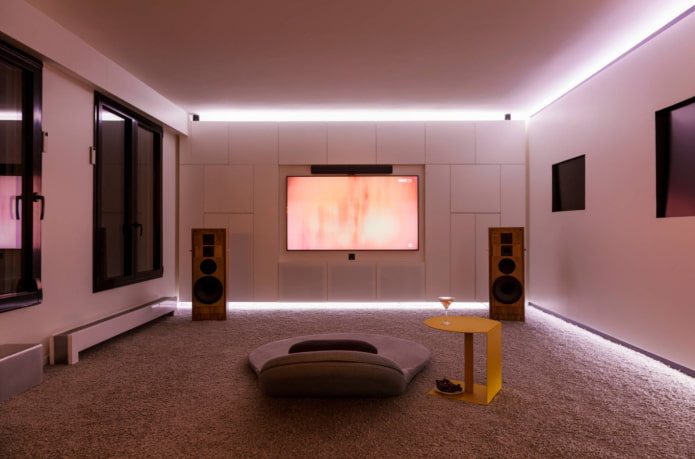
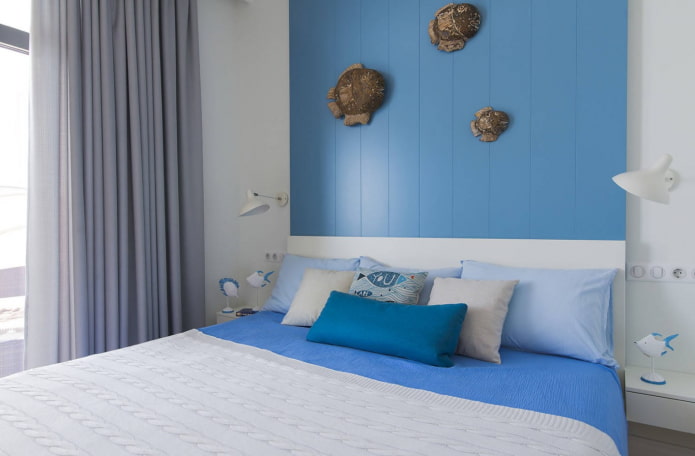
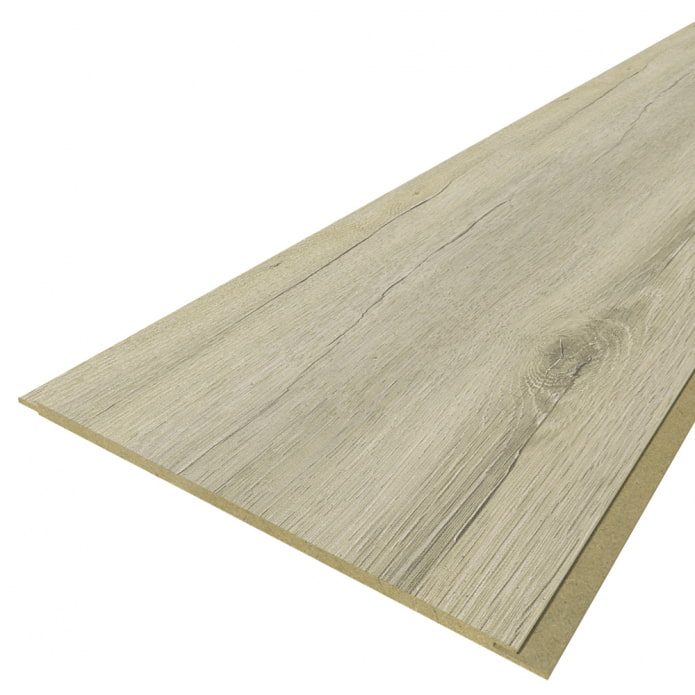
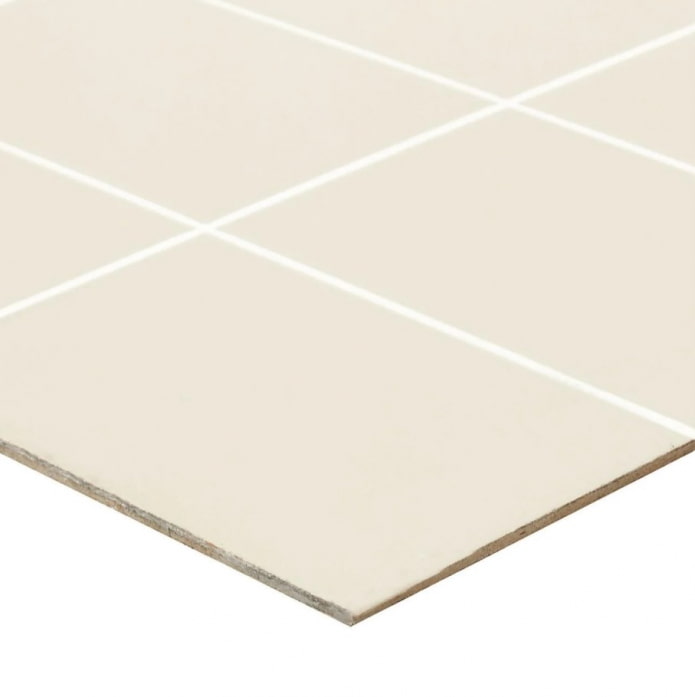
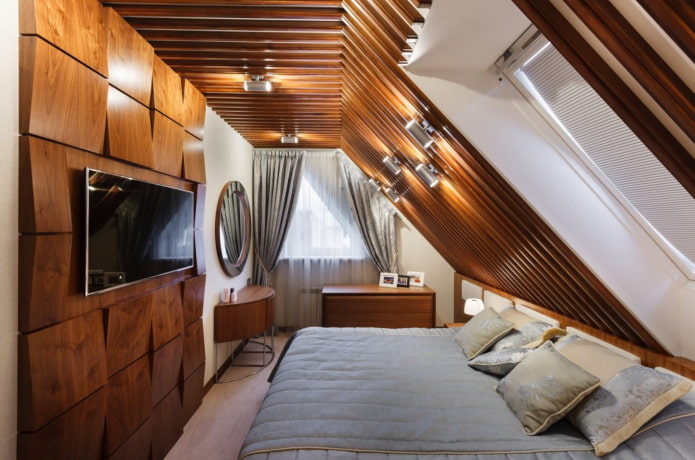
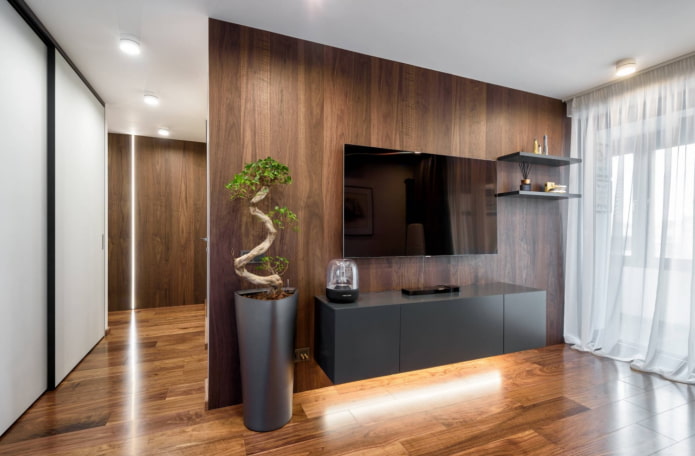

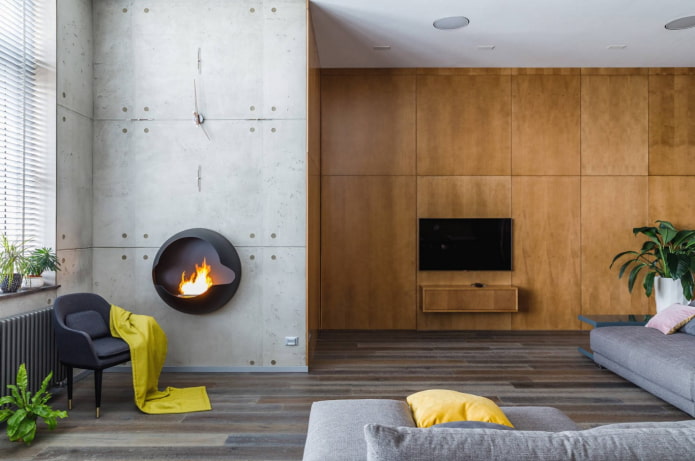
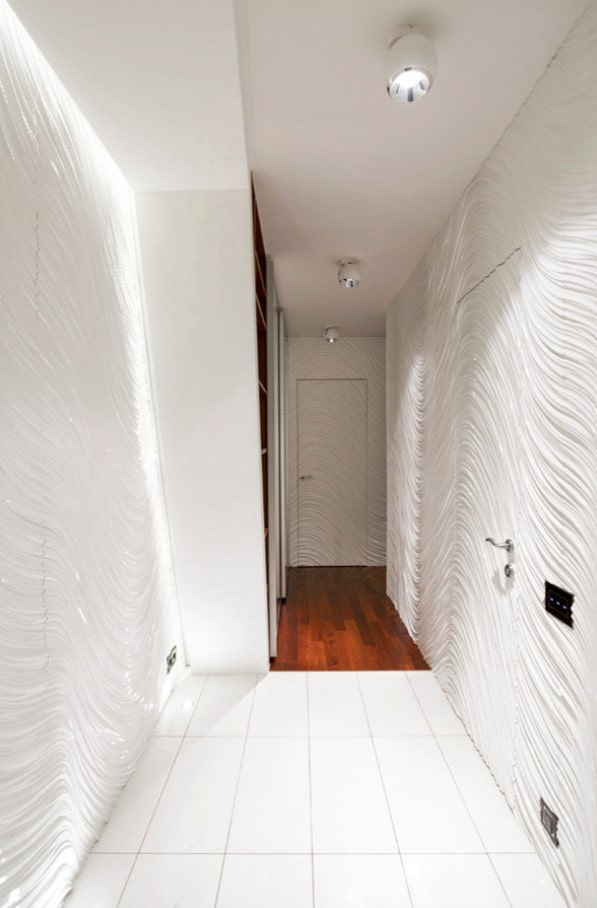
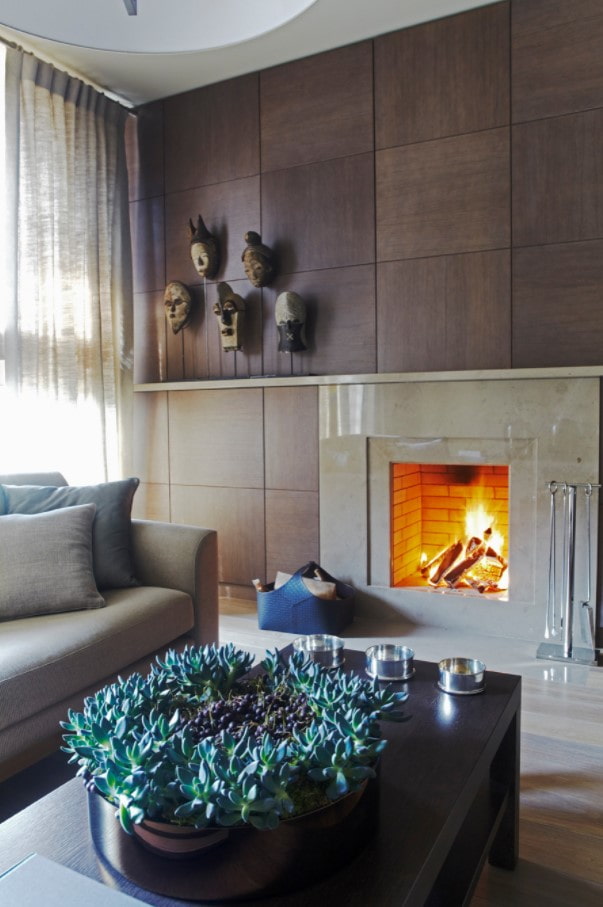
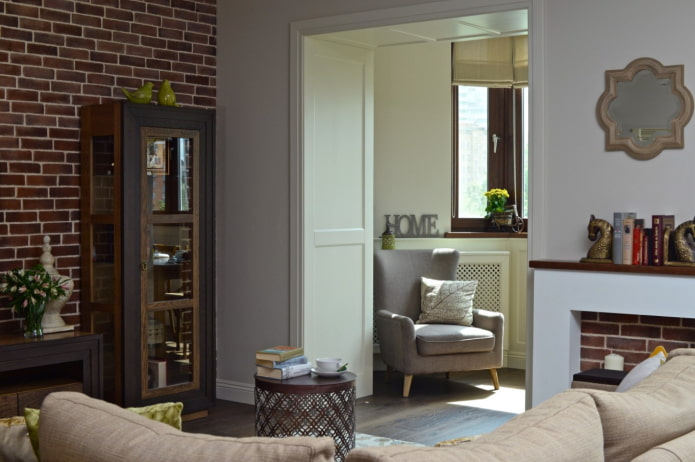




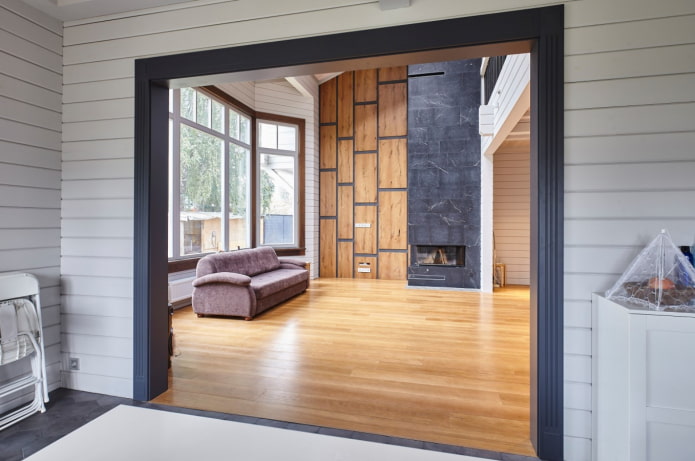
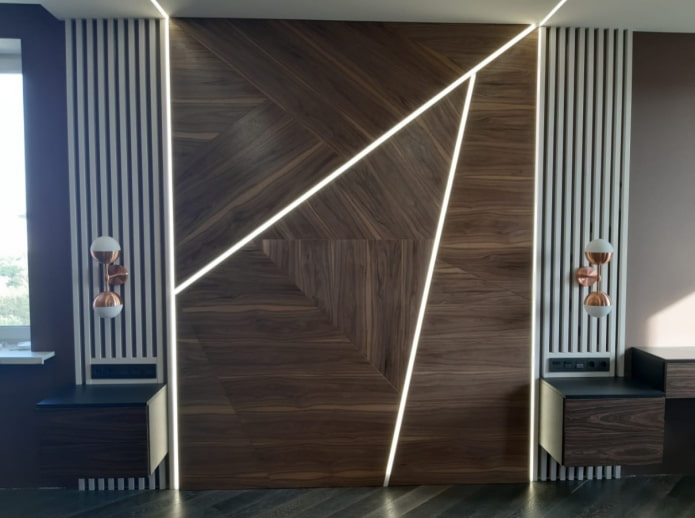
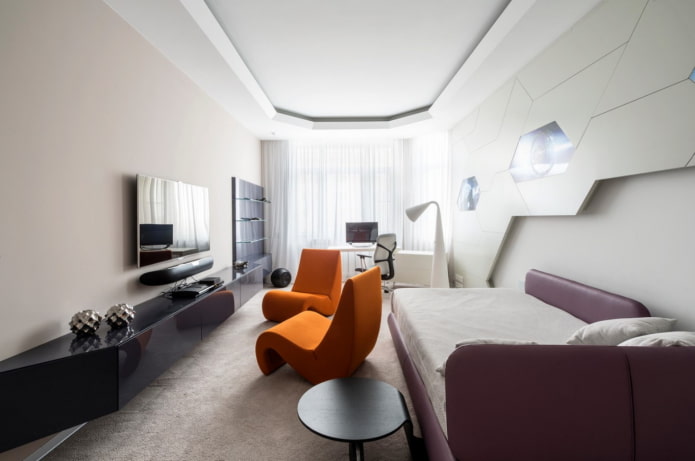
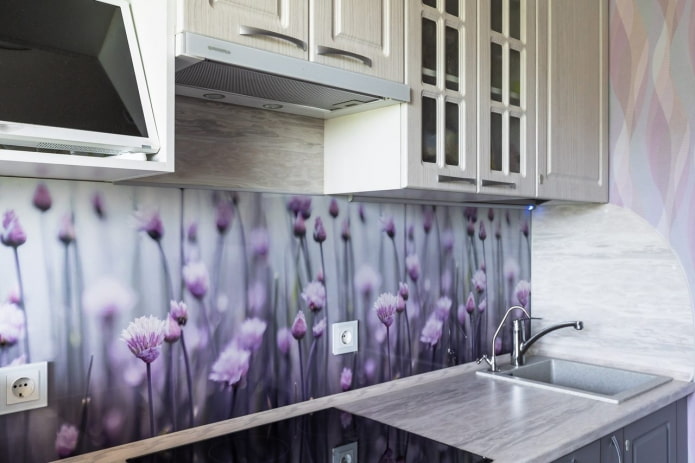
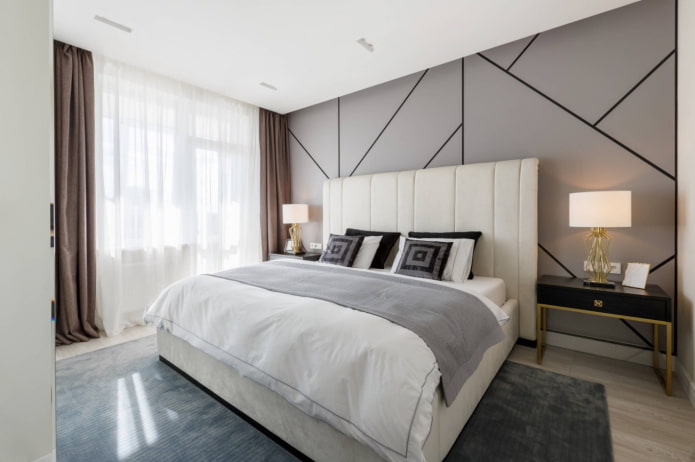

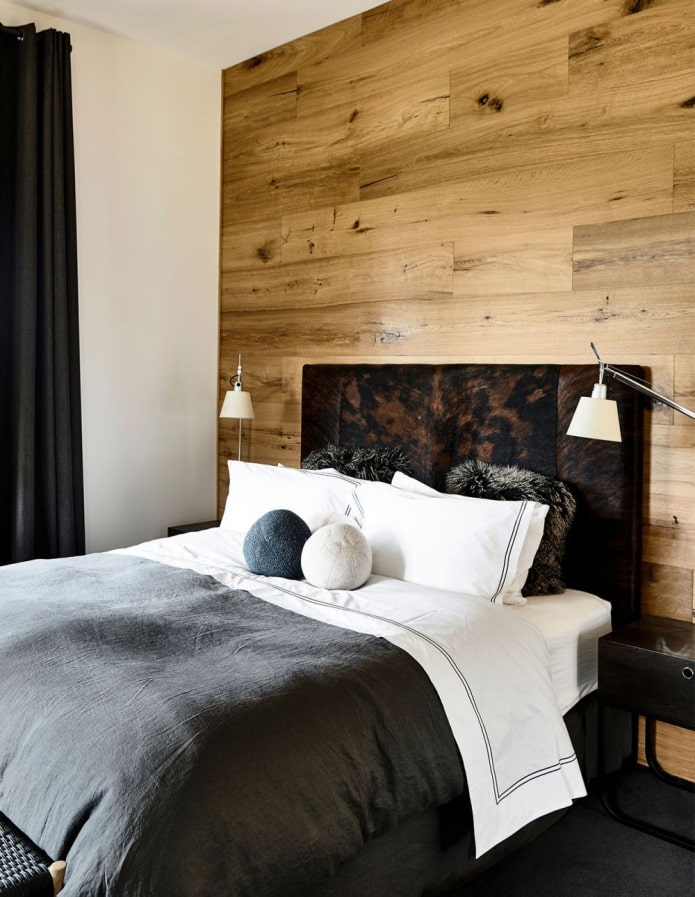
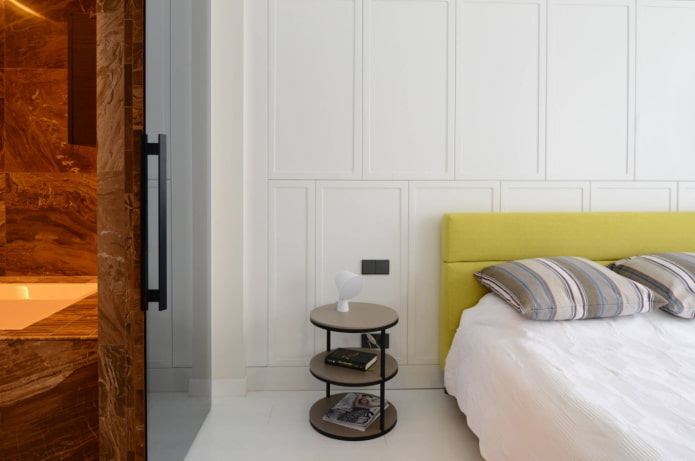
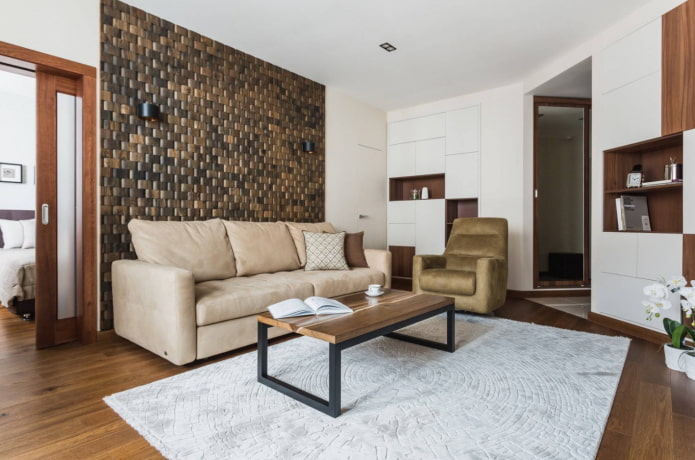
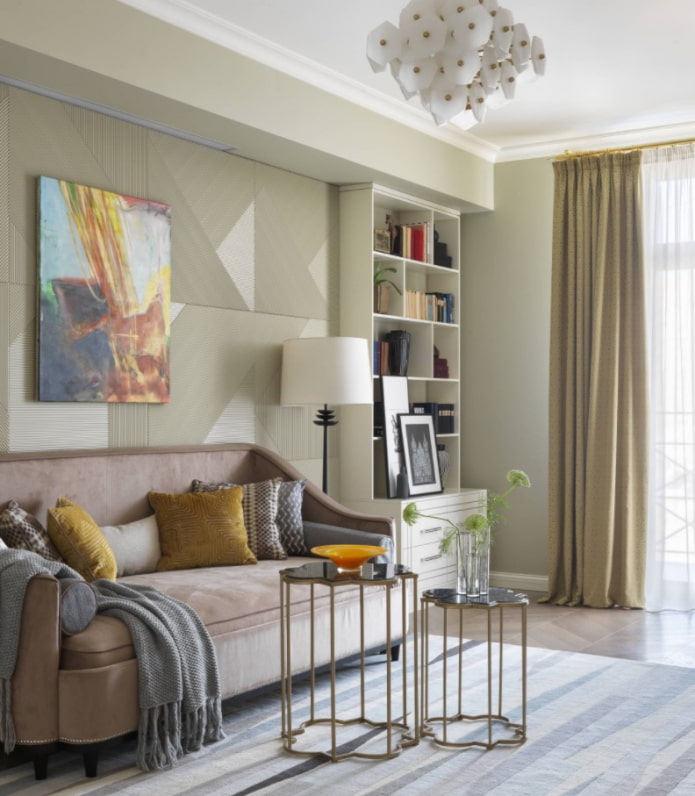
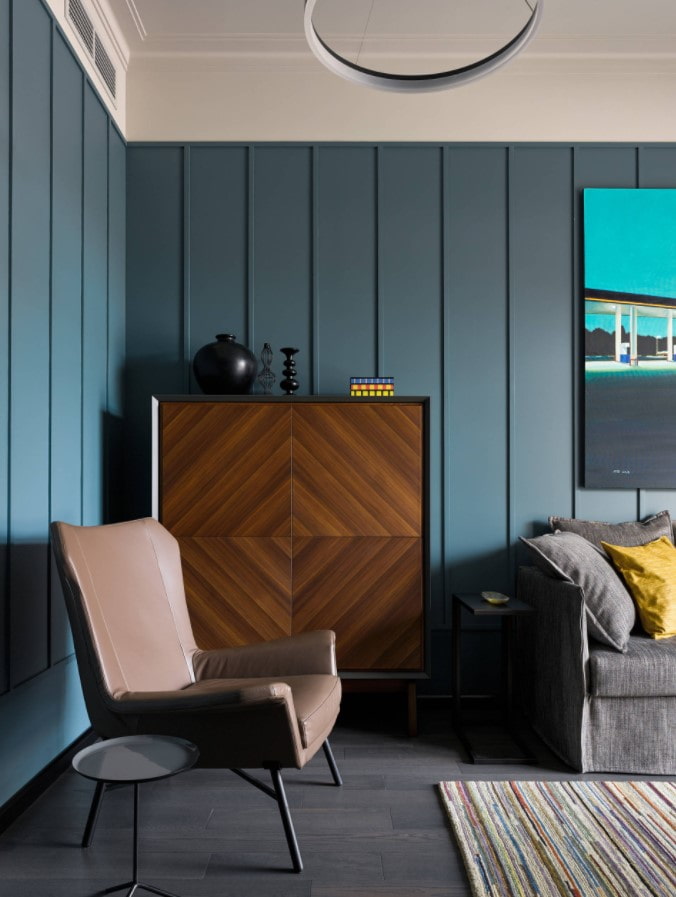
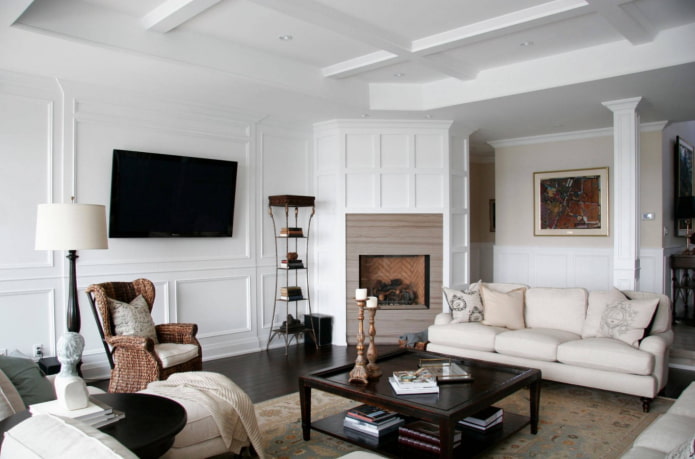
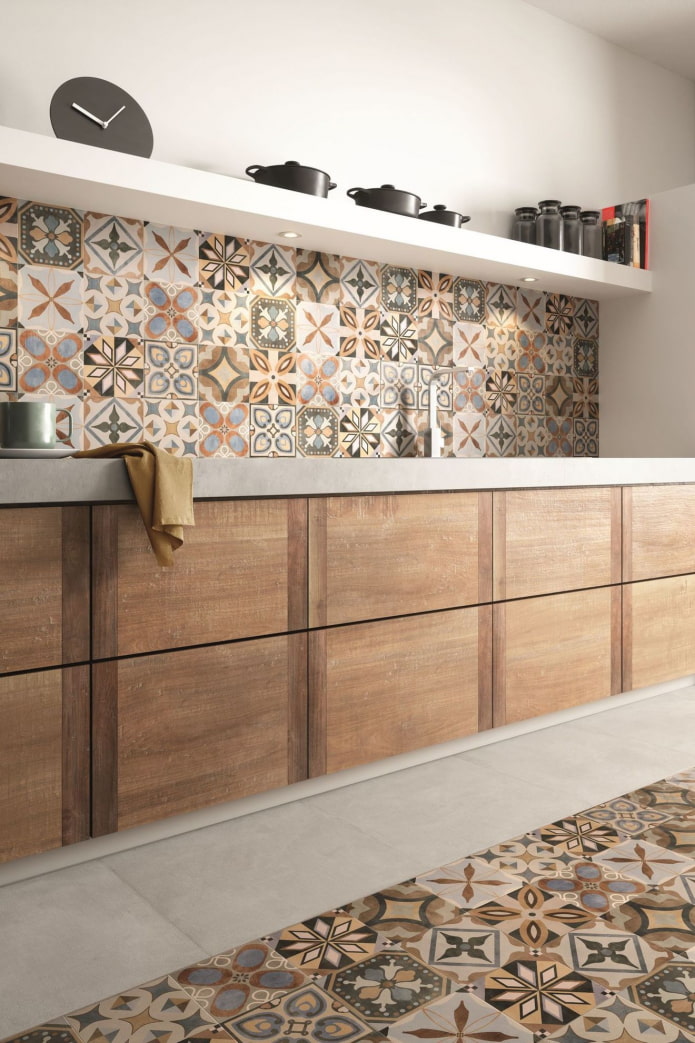
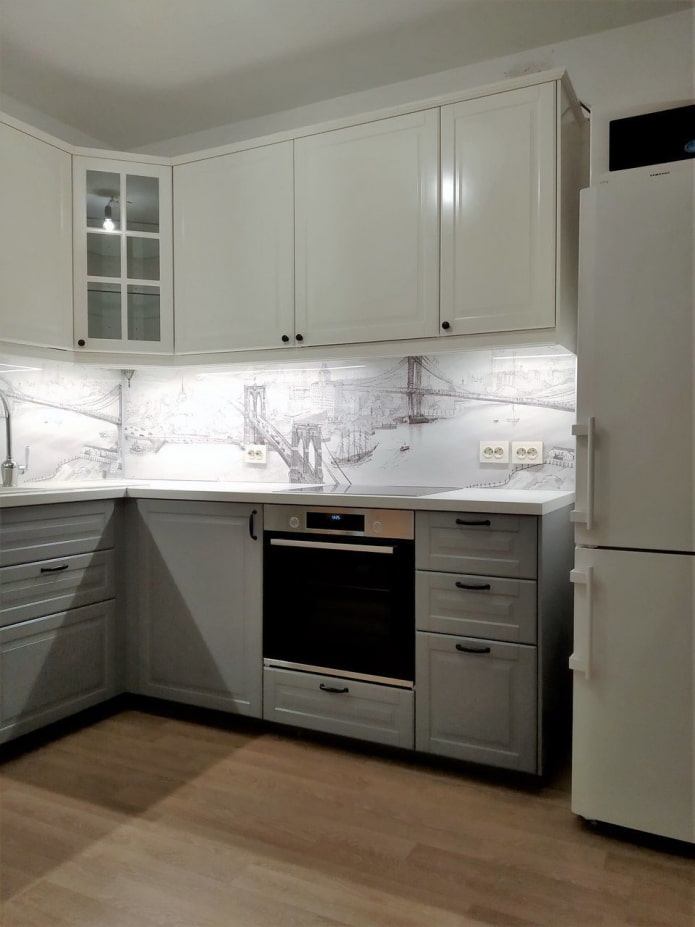
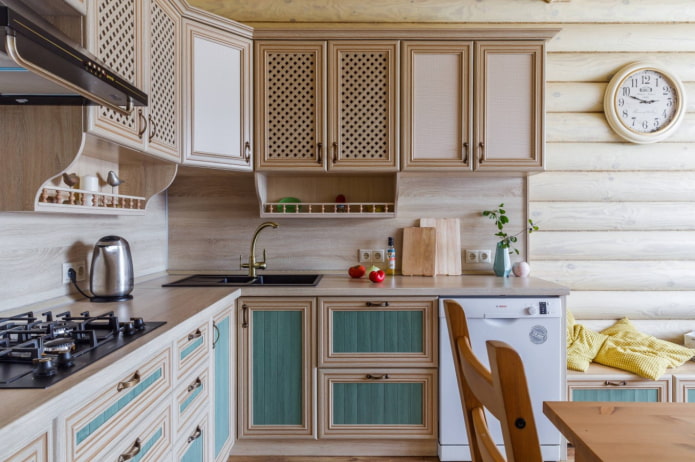
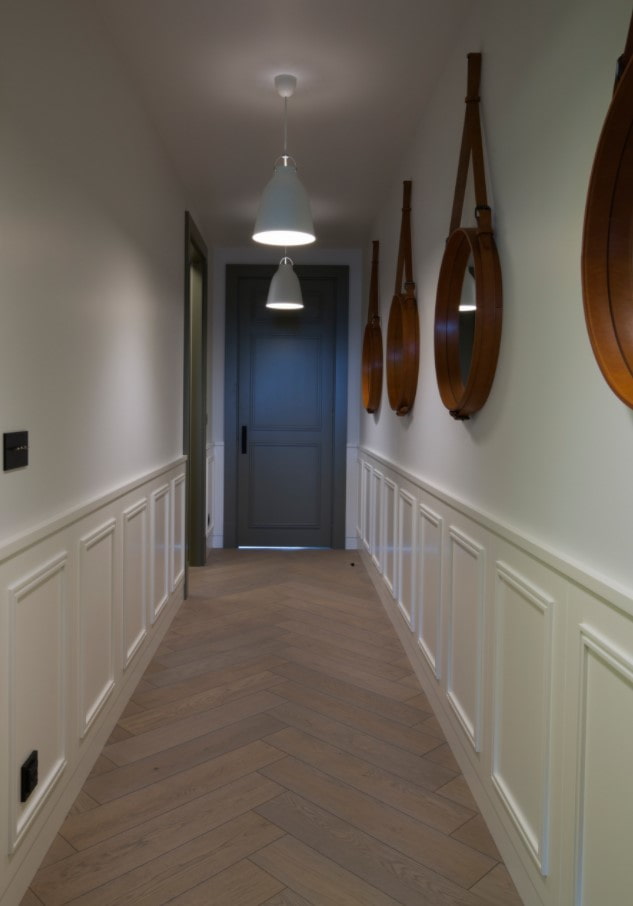
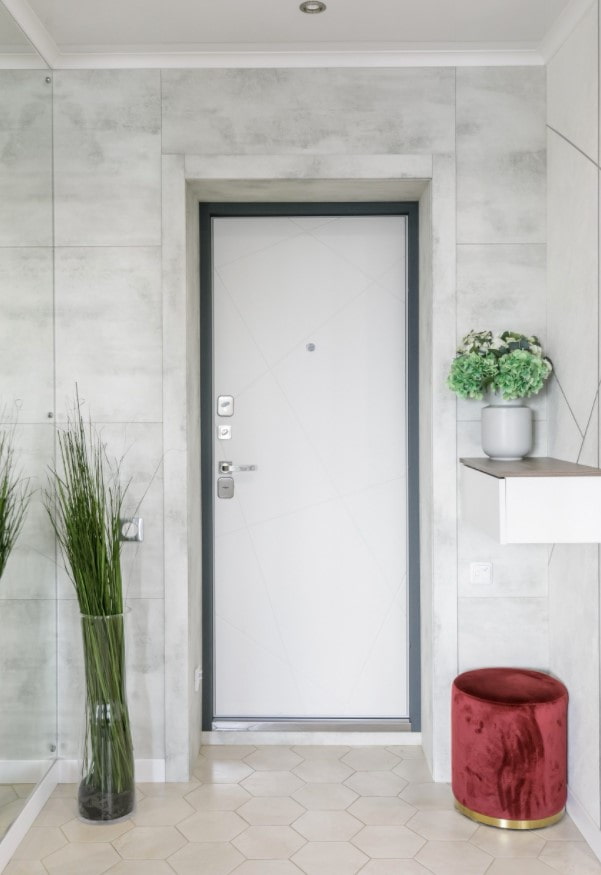


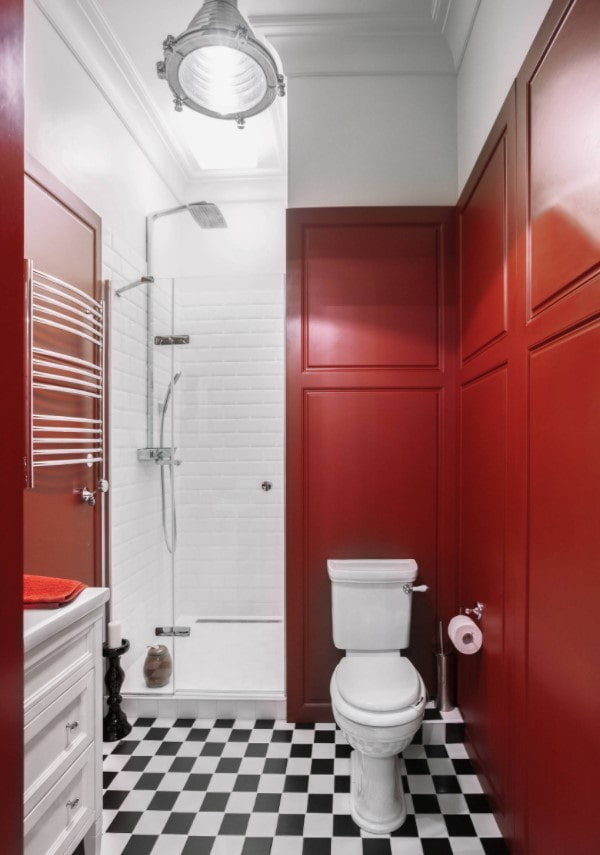
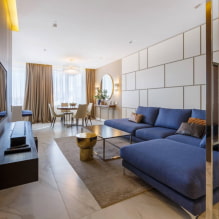
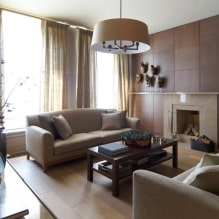
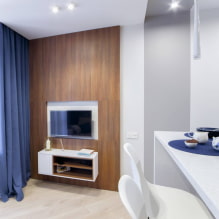
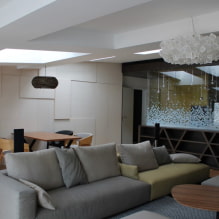
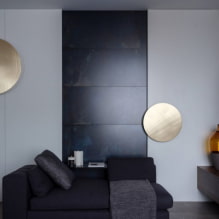
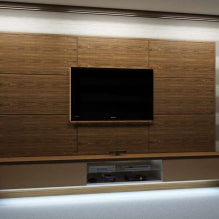
 What is better not to do it yourself during the repair?
What is better not to do it yourself during the repair? Bloated linoleum: how to fix it without disassembly
Bloated linoleum: how to fix it without disassembly The worst decisions in apartment renovation
The worst decisions in apartment renovation  Installation of ceiling tiles: choice of materials, preparation, order of work
Installation of ceiling tiles: choice of materials, preparation, order of work How to glue a ceiling plinth to a stretch ceiling?
How to glue a ceiling plinth to a stretch ceiling? Ceiling plinth for stretch ceiling: types, recommendations for selection
Ceiling plinth for stretch ceiling: types, recommendations for selection